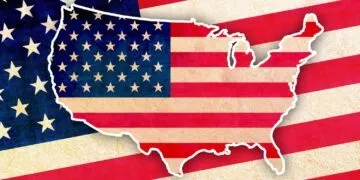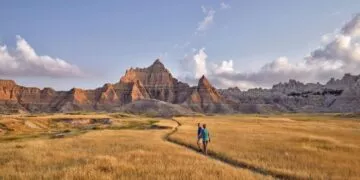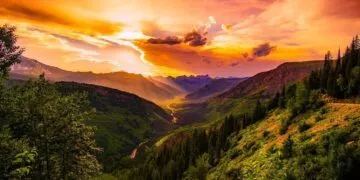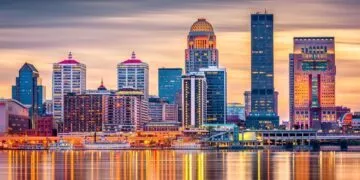Popularly nicknamed the “Badger State” but also known as “America’s Dairyland” and the “Cheese State,” Wisconsin was the 30th state to join the United States of America on May 29, 1848.
It has a population of 5,822,434 people (as of 2019), making it the 20th most populous state.
Wisconsin is bordered by the states of Minnesota, Michigan, Iowa, and Illinois.
With a total of 65,498 square miles (169,640 square kilometers) of land and water, it is the 23rd largest state.
The capital of Wisconsin is Madison, which lies in the central region of the state’s south.
Anyway, that’s enough fast facts about the Badger State for now; we’re here to learn the more surprising facts!
People have been living in Wisconsin for at least 12,000 years!
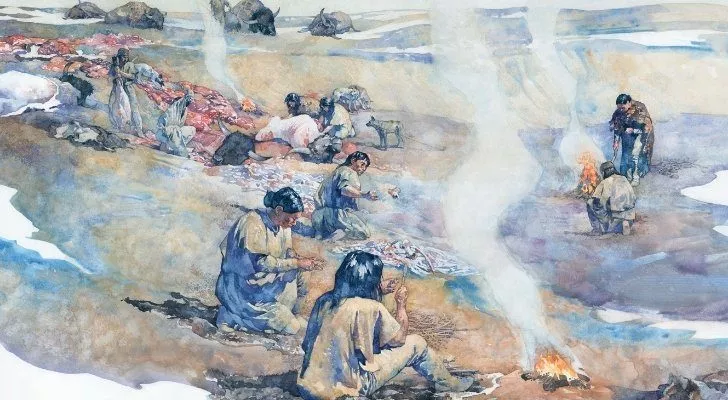
According to most modern theories, the first people to live in the area now known as Wisconsin were the Paleo-Indians, who were also believed to be the first inhabitants of North America.
They are said to have come from the far east of modern-day Russia, traveling across a land bridge where the Bering Strait lies today through into what is now Alaska some 15,000 years ago.
Over the next few thousand years, they spread across the continent, hunting large animals such as mammoths, giant beavers, and mastodons. Then, as these animals went extinct, the Paleo-Indians settled down.
By around 1,000 BC, these early settlers began to develop forms of agriculture, and their culture and societies grew exponentially.
Wisconsin’s early people built tens of thousands of raised mounds in the shape of animals.
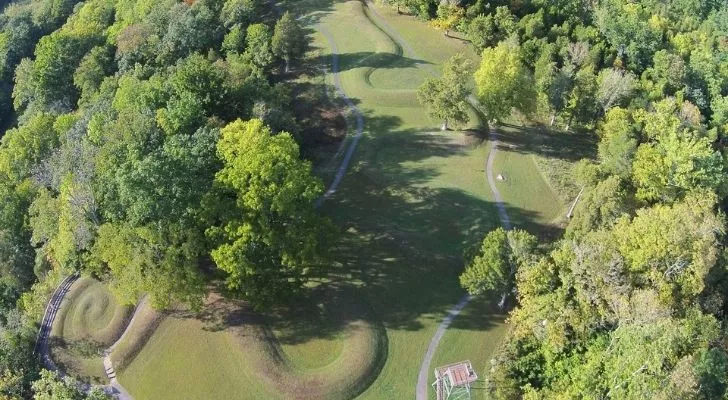
From around 350 to 1300 AD, the people that lived in Wisconsin began to construct great earthen mounds all over the region, more so than anywhere else in North America.
They were unlike those found elsewhere, as instead of constructing mounds to bury their dead, they were built in the shape of various animals.
Some of the more common shapes the mounds were made into include lynxes, water spirits, panthers, bison, and birds.
While some of the mounds did also house the dead, they are believed to have, for the most part, simply been constructed for religious purposes.
In the Wisconsin region, there were somewhere between 15,000 to 20,000 of these mounds constructed, of which around 4,000 remain today.
There were at least three main Native American tribes living in Wisconsin when Europeans first arrived.
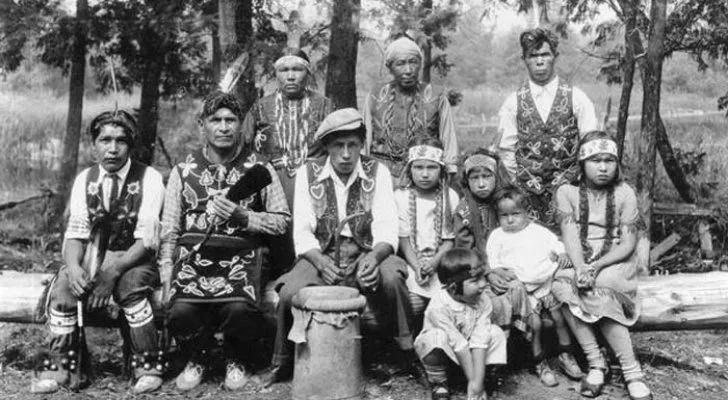
Many cultures rose and fell before the first European explorers set foot in modern-day Wisconsin.
Early European settlement had poor documentation of Native American tribes, leading to some being incorrectly classified or lost due to the introduction of European diseases.
There are just three that we know of:
- The Chiwere-speaking Ho-Chunk (sometimes known as the Winnebago, after whom the famous RV was named) in the southwest.
- The Algonquian-speaking Menominee in the northeast.
- The Dakota Oyate who spoke a Siouan language in the northwest.
Other tribes moved into the region following European settlement, mostly because they were pushed out of their own ancestral lands by force.
The first Europeans to explore Wisconsin were French.
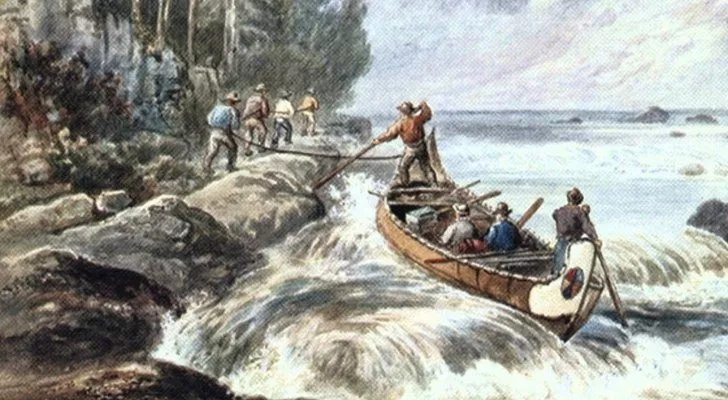
In 1634 the governor of France’s colony in North America, New France, sent the famed French explorer Jean Nicolet to make contact with Wisconsin’s Ho-Chunk people and establish a trade network with them.
While on his journey, Nicolet also became the first European to reach Lake Michigan, where he lived with the Ho-Chunk in Green Bay for the winter before returning to New France.
France’s initial contact with the people of the region was relatively peaceful, unlike many attempts at communication by British settlers in the New England colonies.
For the following hundred or so years, France did little to settle the region, instead establishing a number of small missions, forts, and trading hubs.
European settlement of Wisconsin only really began when Britain took control of the region.
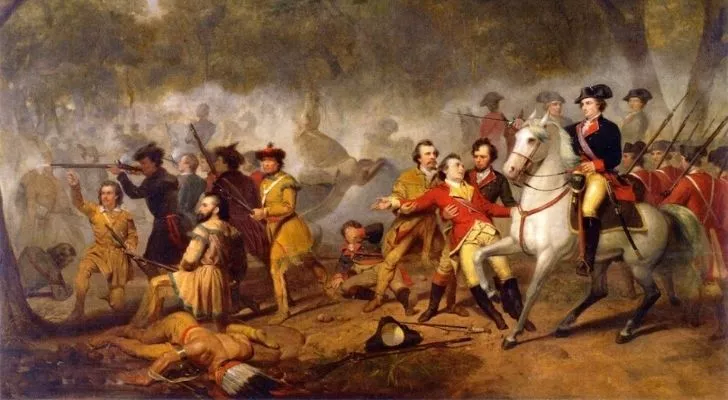
Britain began to extend its area of control into the Wisconsin region by around 1754, at about the same time that the French and Indian War began.
By 1763, Britain had gained complete control of modern-day Wisconsin, having defeated France during the French and Indian War (1754–1763).
Britain was initially uninterested in colonizing the area and instead simply competed with the French over the lucrative fur trade.
Although a few settlers had established permanent residency, the majority merely operated trading posts instead of struggling to survive in the area.
By 1780 the first farms were being tilled in the Green Bay region by British and other allied settlers.
Wisconsin had its own type of gold rush, but for “gray gold.”
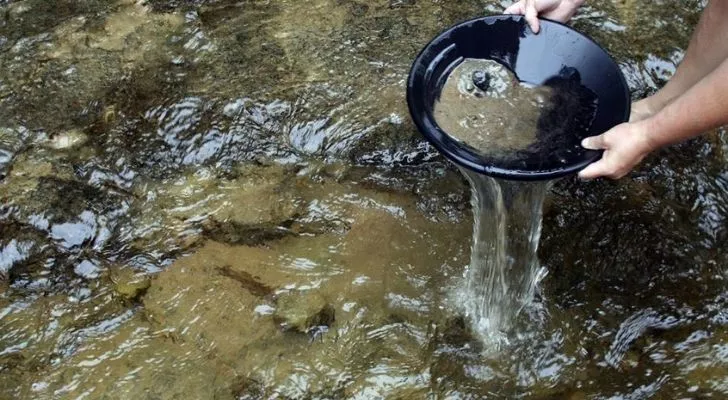
By the 1820s, Wisconsin was under US control and was a part of the Michigan Territory.
Early American settlers caught wind of Native American lead mines in the region and promptly moved to appropriate the mines from their rightful owners (sure, there were treaties, but they were all dodgy).
With the Native Americans removed, the region was suddenly hit by a “gray gold rush,” with thousands of prospectors flocking from other parts of the fledgling country to try to make a fortune.
By the 1840s, the Wisconsin region’s mines were churning out some 15 million pounds (6.8 million kg) of the stuff, around half of America’s output at the time.
From this, the state gained its most common nickname, the Badger State, as the lead miners there were called badgers because they often lived in shelters carved into the hillsides.
Wisconsin is the birthplace of the Republican Party.
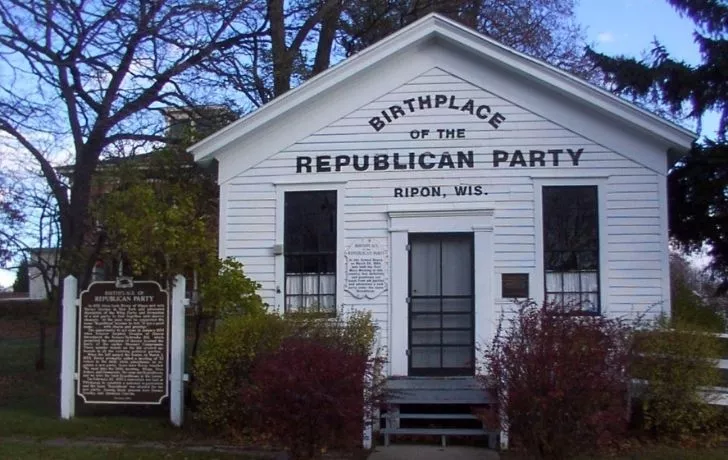
In 1854 the Kansas-Nebraska Act was passed into law. This act created both Nebraska and Kansas territories but also brought the issue of slavery into question.
It changed how states could vote on whether slavery would be allowed and ruffled the feathers of all northern free states.
Meetings were held all over the country by opponents of the Kansas-Nebraska Act, with the goal of finding a way to combat it.
One such meeting was held in Ripon, Wisconsin. Those who attended the Ripon meeting were so angry with the changes that they formed a new political party to fight slavery – the Republican Party.
91,379 Wisconsinites fought during the American Civil War.
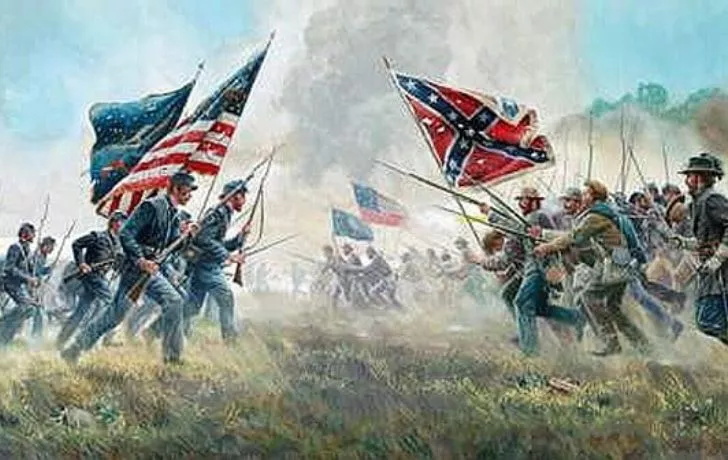
Wisconsin was brought into the United States of America as a free state in 1848, which made it no real surprise that the new state proudly fought for the Union during the American Civil War (1861-1865).
Most of Wisconsin’s soldiers were sent to fight battles in Alabama, Georgia, Mississippi, and other such western Confederate states.
About one in every nine people from Wisconsin fought in the war.
While 12,000 or so of the Wisconsin soldiers perished, the majority of them were actually killed by disease rather than in battle.
That being said, there were a number of highly distinguished regiments of Wisconsinites, who were said to be incredibly daring – and equally dashing!
Wisconsin was the first US state to establish a school explicitly focused on dairy.
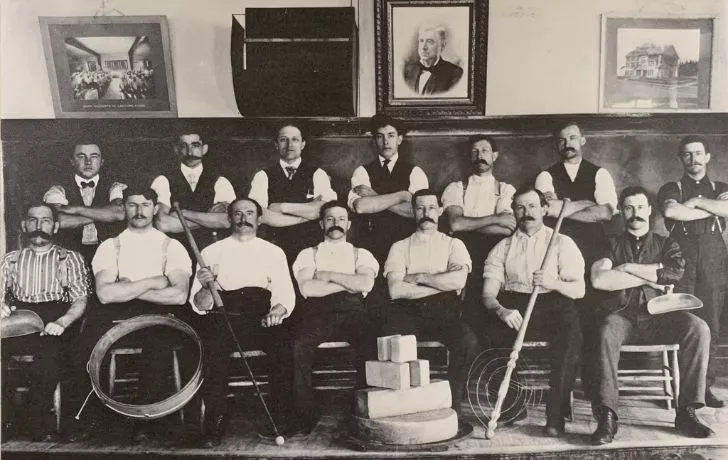
When the University of Wisconsin-Madison opened the first dairy school, it was met with little other than disinterest, with just two students enrolling in the first year.
In the school’s first year, one of its teachers, Professor Stephen Babcock, devised a test to easily measure the fat content in milk.
This allowed farmers to prove their milk’s quality with ease and sell it for higher prices.
Such was the success of the “Babcock Test” that the dairy school’s attendance in its second year increased to 75!
In fact, the Babcock test could very well be why Wisconsin today is the second-largest milk producer in the US!
Milwaukee, Wisconsin, plays host to the “World’s largest Music Festival.”
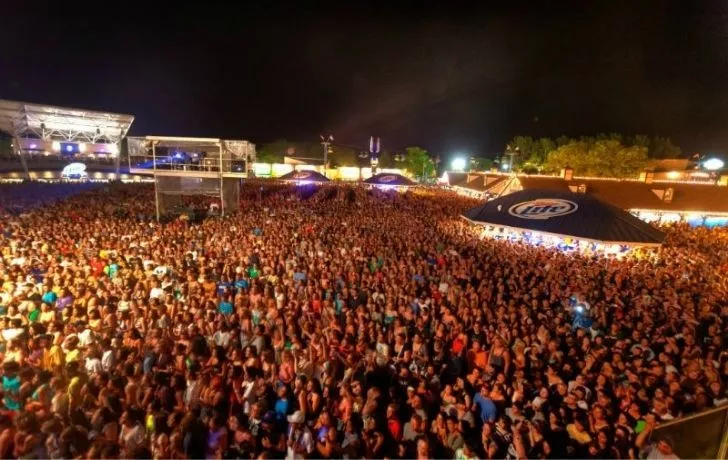
Summerfest has been held annually in Milwaukee since 1968. Stretching over eleven days, the festival has twelve stages that host more than 1000 bands every year!
These days Summerfest attracts as many as 800,000 people, but despite this, it isn’t actually the largest music festival in the world.
While it did break the record in 1999, a festival in Austria with some three million attendees has since been crowned with the title.
The news has obviously not reached Milwaukee, as Summerfest still advertises itself as the world’s largest music festival anyway!
People from Wisconsin are sometimes called cheeseheads.
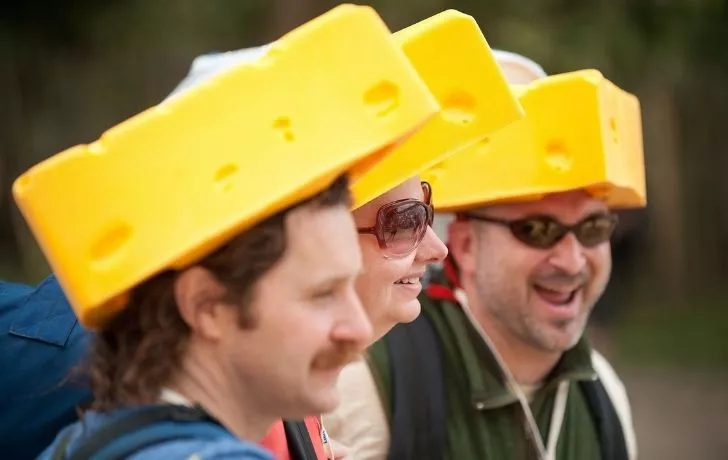
For a long time, Wisconsin produced more dairy than any other US state.
In fact, they had so much excess milk that they started to produce cheese en masse.
This, in the end, gave the state two nicknames: the Cheese State and America’s Dairyland.
Football and baseball fans from Illinois decided this was something worth poking fun of and started to call their Wisconsin rivals cheeseheads.
The tables turned as Wisconsinites embraced the nickname – so much so that fans of the Wisconsin Green Bay Packers NFL team wear hats in the shape of big chunks of cheese!
Wisconsin’s Granite Peak ski resort was one of the first ski resorts in North America.
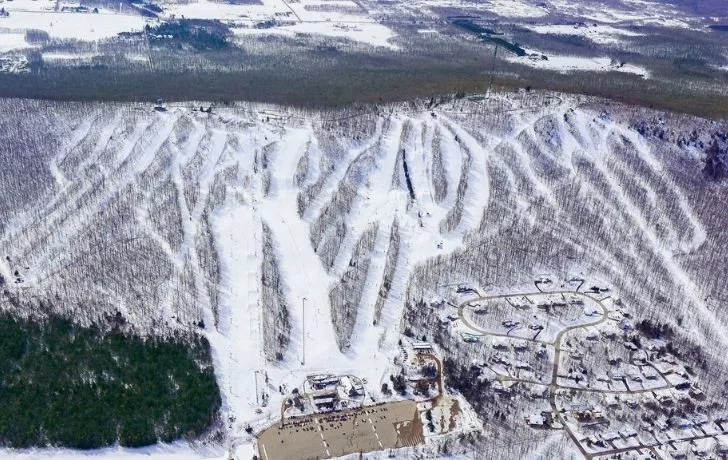
Granite Peak was built on the slopes of Rib Mountain in 1937 and quickly became a favorite for winter sports enthusiasts from all over the US.
When the resort opened, it had six separate ski runs, with a T-bar style ski lift powered by none other than a Ford V8 engine!
Such a powerful engine was necessary, as it carried skiers half a mile up the slopes – the longest of its kind at the time it was built!
These days Granite Peak is the number one ski destination in the region, boasting 68 different runs and four different terrain parks.
Wisconsin was named after the Wisconsin River, but the meaning behind the river’s name is a little cloudy.
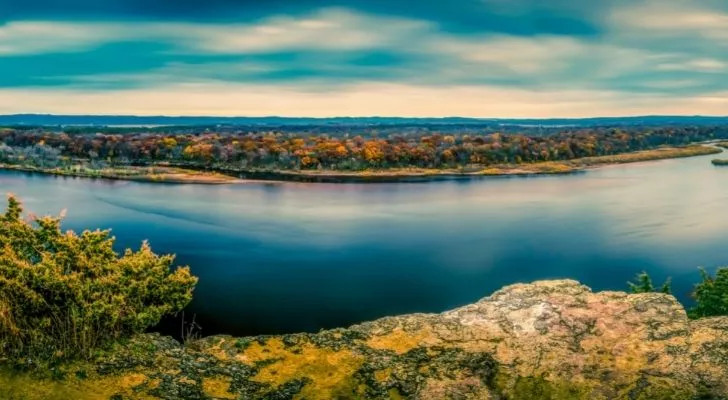
When the French-Canadian explorer and Jesuit Jacques Marquette passed through modern-day Wisconsin in 1673, he noted down what we now know as the Wisconsin River as Meskousing.
Unfortunately, Marquette’s handwriting was a bit sloppy, so the first two letters of the name were read as “Ou,” and many maps were printed with the mistake (which no one bothered to correct!).
The region around the river ultimately gained the river’s misspelled name as settlers moved in.
What Meskousing itself means is a little unclear. The Miami nation, who had originally given the river’s name to Marquette, left the region soon after.
Attempts to find the meaning of the name turned up completely different ideas.
In 1935 native speakers of Ojibwe, a related language, came up with the idea that the name could be something like “Red stone place.”
In 2003 a researcher and specialist in the Miami language released an incredibly detailed and thoroughly researched paper, concluding that the translation is “River Running Through a Red Place.”
Unsurprisingly, it’s not that different from the Ojibwe interpretation!
In 1871 Wisconsin was struck by the deadliest wildfire in US history.
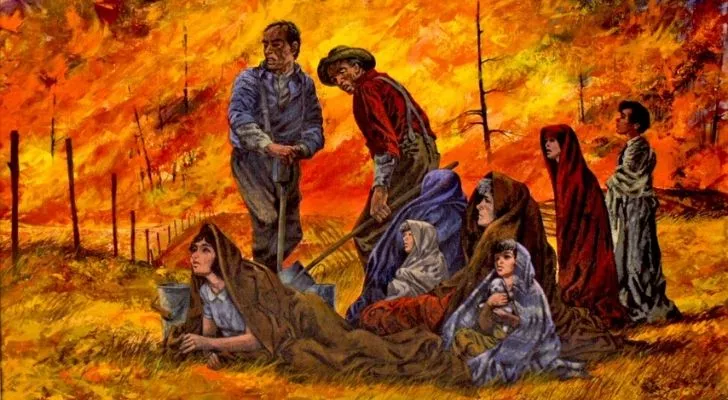
The summer of 1871 had been incredibly hot, and the forests surrounding Peshtigo in Wisconsin’s Green Bay were tinder dry.
At the time, it was common for the brush to be cleared simply by lighting it on fire.
It’s theorized that workers clearing brush to lay railway tracks started the blaze, but we’ll never know the truth about the matter.
What we do know is that on October 8, 1871, a blaze of such intense ferocity appeared almost out of nowhere, taking the town of Peshtigo completely unaware.
As the records offices of the affected towns were burned down, we’ll never know exactly how many people actually lived in the region, but it’s estimated that as many as 3,000 people lost their lives.
Despite being the deadliest wildfire in US history, it is often overlooked as it happened on the same day as the Chicago Fire!
Yellow margarine was banned in Wisconsin for 72 years!
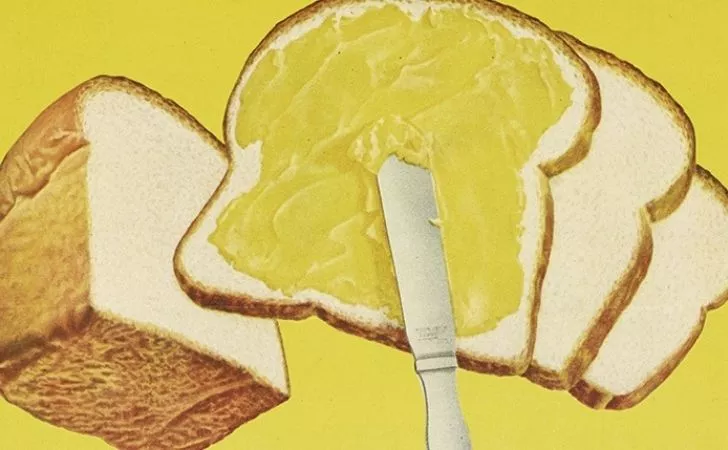
Wisconsin’s dairy industry is huge today, but it was an even bigger deal back at the turn of the 20th century when the state led the nation in dairy sales.
In 1895 Wisconsin made attempts to protect this precious industry by banning the sale and manufacture of yellow oleomargarine, or yellow margarine.
For the next 72 years, fans of the non-dairy spread either had to make do with pasty-looking white margarine or smuggle it in from a neighboring state.
The law was eventually repealed in 1967, but traces of the ban still remain today.
If you dine in any Wisconsin cafe or restaurant, you will only find butter on the table.
Patrons are able to request margarine, but if restaurants are caught exclusively offering margarine, the owners will receive a fine. Repeat offenses may even lead to jail time!
We really could talk about Wisconsin until the sun goes down, but we’ll leave you with these facts for now.
To sum up, Wisconsin really is a great place to be. With rolling hills, lakes for days, and some of the best cheese in the US (if not the world!), there’s nowhere better to at least take a trip there, that’s for sure!


